Figurine of Male Deity
Late Bronze Age, 16th–13th Century BCE
Image
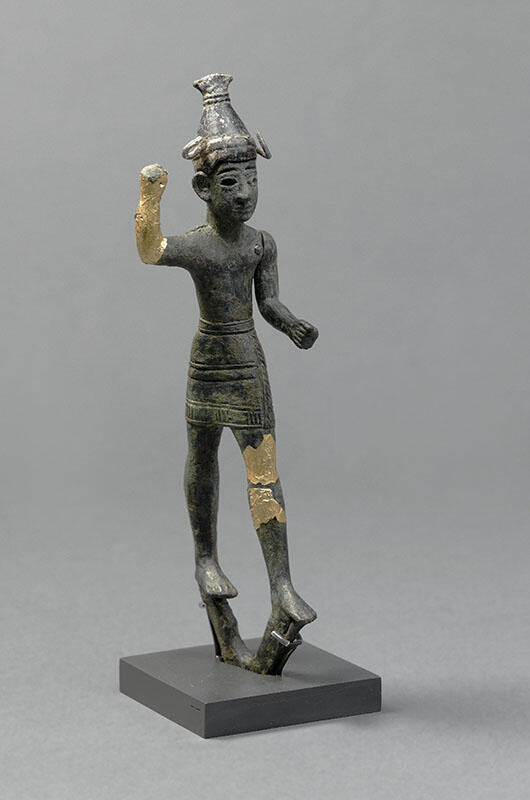
Engage with this Source
Related Guide
Provenance and Dating of Artifacts from the Biblical Period
Biblical Period
Artifacts help historians reconstruct the past, using layers of excavation to establish the chronology of the sites they excavate.
Related Guide
Ancient Israelite Figurines of Deities, Pregnant Women, and Idols
Biblical Period
Archaeological evidence attests to the popularity of images and figurines in ancient Israel.
Restricted
Image
Places:
Ugarit (Latakia, Syria)
You may also like
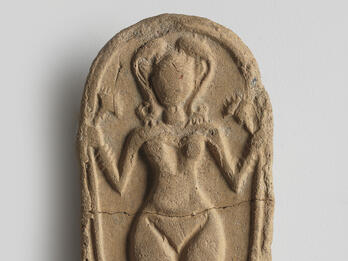
Figurine of Female Deity
Figurine of female deity, Tel Batash, 14th century BCE. Similar plaque figurines of naked women, often with breasts and genitals emphasized or with pregnant bellies, were very common in the ancient…
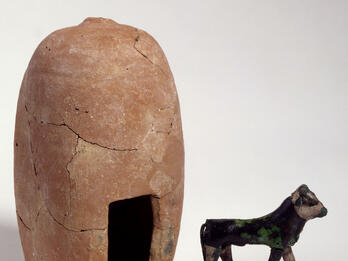
Figurine of Calf and Shrine
Figurine of calf and shrine, Ashkelon, 1600 to 1550 BCE. Some of the non-anthropomorphic figurines found at Israelite sites had religious significance, especially model shrines (such as the Model…
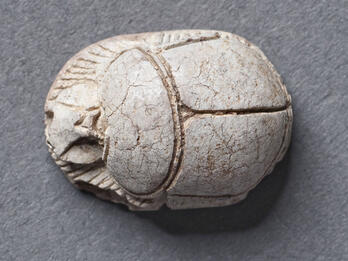
Scarab-shaped Seal
Scarab-shaped seal, Achziv, Iron Age IIC (732/701–586 BCE). Seals were used as stamps to impress images and/or words onto clay objects. They were often perforated so they could be suspended from cords…
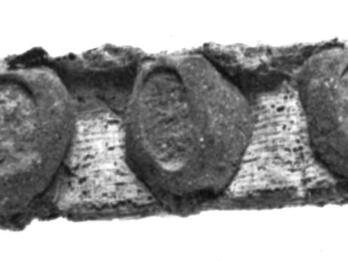
Papyrus, Rolled and Sealed
Papyrus, rolled and sealed, Samaria, 4th century BCE. This legal document had multiple seals affixed to it, apparently from different individuals (see the translation of this document, Slave Sale)…

Papyrus, Rolled, Folded, and Sealed
Papyrus, rolled, folded, and sealed, Elephantine, Egypt, 5th century BCE. See also Papyrus, Rolled and Sealed. The Elephantine papyri provide historical documentation about the members of a Jewish…
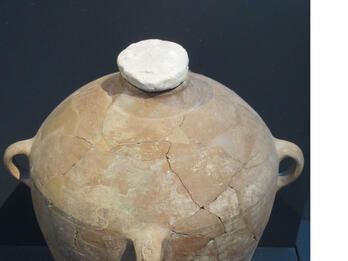
Storage Jar with Lamalekh Stamp
Storage jar with lamelekh stamp, Lachish, late 8th century BCE. More than 2,500 large storage jars, with a capacity of 12 to 14 gallons each, have seal impressions on their handles with the word lamel…

